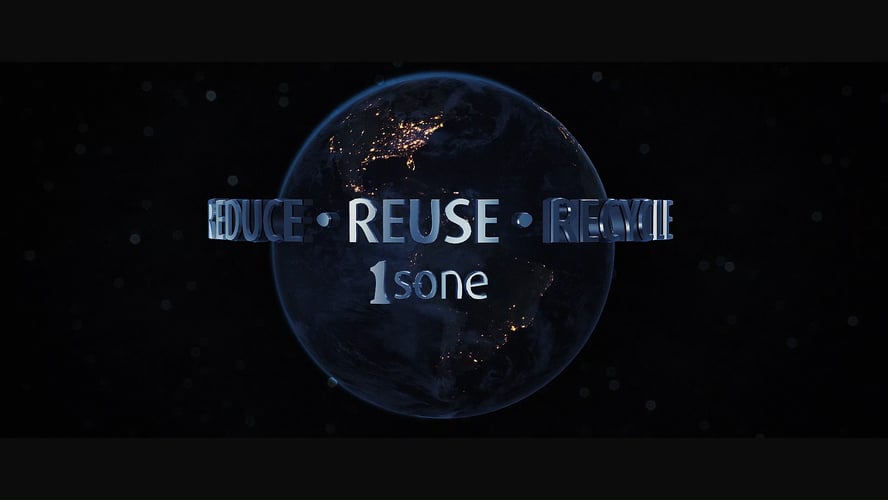
While S-One has grown into a global player in the printing industry, its commitment to community and sustainability has always remained close to home. From supporting local charities to fostering new ideas that reduce the industry’s carbon footprint, S-One understands that meaningful change starts within its own walls and radiates outward into the world.
As technology and environmental concerns continue to shape the global market, S-One has taken a proactive approach to embrace sustainability in its business practices. Digital printing has become an essential tool in this mission, allowing for reduced waste, energy efficiency, and eco-friendly opportunities.
Doug McMahan, Vice President of Product Development, explains: “Digital printing has evolved rapidly with improvements in speed, quality, and versatility. This has expanded its applications across various sectors such as textiles, packaging, signage, and personalized printing.”
The shift from traditional offset printing, which requires high-volume runs and generates excess waste, to digital printing allows for smaller, more precise print jobs that meet modern demands for customization while conserving resources.
S-One’s Role in Driving Sustainability
S-One’s dedication to sustainability and community engagement reflects its belief that making a global impact starts at home. The company remains committed to improving its environmental practices, supporting local initiatives, and fostering a culture of change and social responsibility.
The digital printing industry will continue evolving toward greater sustainability through technology, regulatory compliance, and consumer-driven demand for eco-friendly products. Companies like S-One that proactively embrace these changes are well-positioned to lead in a more environmentally conscious market.
—Ron Simkins

- Reduced Waste: “Digital printing minimizes waste by enabling print on demand and eliminating the need for large print runs that may result in unused or obsolete inventory,” Doug explains. This aligns with sustainability goals by reducing material consumption and disposal.
- Energy Efficiency: Manufacturers are developing more energy-efficient technologies, contributing to reduced carbon footprints for printing operations.
- Eco-friendly Inks: Eco-friendly Inks: The development of water and vegetable-based inks reduces harsh volatile organic compounds (VOCs) and hazardous air pollutants, making printing safer for both employees and the environment.
- Recyclability of Substrates: A wide range of substrates—from paper to fabric—used in digital printing is recyclable, leading to more sustainable packaging and printed products.
- Consumer Demand for Sustainability: As consumers become more aware of environmental sustainability, they increasingly demand eco-friendly products. “Consumers want eco-friendly products and are pushing digital printing companies to adopt more sustainable practices,” says Doug. This includes reducing carbon emissions and optimizing resource use.
- Focus Shift: Companies are investing in research and development to improve sustainable printing technologies, including biodegradable materials and renewable energy solutions.






